A vacuum cleaner can suck up dirt. But sometimes, it cannot clean everything alone. Sticky messes, old stains, and smelly spots stay behind. That is where a cleaning solution helps. It breaks down grease and stains, leaving floors looking and smelling fresher, all with less effort.
You do not need a solution for every job. But when floors are extra dirty or dull, pairing your vacuum with the right solution gives better results in less time.

3 Types of Cleaning Solutions for Vacuums
Some people think all cleaning liquids are the same. They are not. Vacuums use different cleaning systems, and each one works best with a specific type of solution. Choosing the right type means your machine can clean better, and your floors stay safe.
1. Robot Vacuum Cleaning Solutions
Robot vacuums can mop as they move. Some models use water only. Others let you add a cleaning solution. These solutions must be low-foam and gentle. Strong cleaners may damage the robot's system or leave sticky residue.
Dreame Robot Vacuums Multi-surface Cleaning Solution is designed for robot vacuums. It works effectively on various floor types, including wood, tile, marble, and stone, while also helping to remove stains and eliminate odors.
This solution is perfect for daily cleaning, leaving your floors fresh without harming your vacuum. It efficiently cleans while minimizing the risk of residue or buildup, making it safe for both your floors and your robot vacuum system.

2. Wet Dry Vacuum Cleaning Solutions
Wet dry vacuums spray water, scrub the floor, and suck up the dirty water. These machines often use specially formulated cleaning solutions designed to work with both the wet and dry functions. A good solution should:
- Clean well, but not foam too much.
- Mix easily with water.
When choosing a solution, look for one that's safe and effective across multiple surfaces like tile, wood, and hard floors. For example, Dreame Multi-surface Cleaning Solution is one such product. After using it, you can enjoy a mild, sweet scent, and your pets do not need to worry. 16.9 fl oz (500ml) bottle takes a little storage space. The formula stays strong and is gentle on floors, but helps you remove deep stains without damaging the machine.

Note: Always check whether your vacuum model has a separate solution tank or if the cleaner needs to be mixed into the water tank.
3. Floor and Carpet Cleaning Solutions
You can safely use floor cleaning solutions with many vacuums, but it's important to choose one that's compatible with your vacuum's surface type.
For carpets, use a carpet-safe cleaner to avoid damaging fibers. Using the wrong solution can cause discoloration or leave sticky residue on both carpets and hard floors.
Always check your vacuum's manual for recommended solutions and dilution instructions.
If your vacuum has a spray function or uses pre-treated pads, these cleaning solutions can usually be added directly. Just be sure to follow the guidelines and avoid using harsh chemicals that may damage your vacuum or flooring.
Always check if the cleaner is meant for floors, carpets, or both. Use only the amount listed on the label. When unsure, contact the vacuum brand's support team.
How to Use Vacuum Cleaning Solutions Effectively
But even a great product needs the right steps. Using it the wrong way may cause sticky floors, weird smells, or a broken vacuum. Here's how to get the best results without trouble.
- Know What Your Vacuum Can Do: Before using any cleaner, open the manual or check the label near the tank. Some vacuums are water-only. Others allow cleaning liquids. Using the wrong kind may cause leaks or stop the vacuum from working.
- Use Only the Recommended Amount: A little goes a long way. Using too much can leave your floor sticky or streaky. Most bottles give clear instructions. For example, 1 fl oz (about 30ml) is often enough for a full tank. Always follow the label and avoid over-pouring.
- Empty and Rinse the Tank After Use: Once you finish cleaning, pour out the dirty water. Rinse the tank with clean water. This helps avoid bad smells or bacterial growth. If your vacuum has two tanks, rinse both.
- Don't Mix with Bleach, Vinegar, or Other Cleaners: Bleach or vinegar may create harmful gas or damage the inside of the vacuum. Only use one type of cleaner at a time, preferably one made for your device.
- Use Distilled Water in Hard-Water Areas: Tap water with too many minerals can leave white spots on floors or clog the machine. If you live in a hard-water area, use distilled water. It keeps both your floors and vacuum in better shape.

Frequently Asked Questions About Vacuum Cleaning Solution
Cleaning with a vacuum solution can be simple until you wonder where to put it or what happens if you mix brands. These common questions come up often, and you may find them helpful.
Can I Put Cleaning Solution in My Robot Vacuum?
Some robot vacuums allow for cleaning liquid in the water tank. Others do not. If your model has no clear mention of solution use, do not add it. Strong cleaners may clog the spray nozzle or leave sticky layers on the floor.
Can I Put Cleaning Solution in a Wet-Dry Vacuum?
Yes, if your vacuum supports it. Wet-dry vacuums are designed to handle water and clean fluids together. But always follow the tank design.
For Dreame wet-dry vacuums:
- Without a detergent tank: Mix one cup of cleaning solution into the clean water tank.
- With a detergent tank (like Dreame H14 Pro): Simply fill the solution tank with Dreame Multi-surface Cleaning Solution for H14 / H14 Pro. The vacuum will automatically distribute the solution based on how dirty the floor is.
What Kind of Floors Can Vacuum Cleaning Solutions Be Used On?
Most solutions are safe for sealed hard floors like tile, vinyl, laminate, and hardwood. Some are also gentle enough for delicate surfaces like engineered wood. Dreame solutions cover a wider range of floors, including wood, tile, marble, stone, and more. They are designed to clean effectively while being gentle on both delicate and robust floor types.
How Often Should I Use Cleaning Solution With My Vacuum?
The frequency of using cleaning solutions depends on your vacuum type and floor conditions. For homes with high traffic, such as those with kids or pets, wet-dry vacuums or upright vacuums may require cleaning solution once a week or every two weeks. However, robot vacuums with mopping functions may need it more often, such as every few days, depending on how frequently they run. In homes with less foot traffic, you can use cleaning solutions less frequently. Be cautious not to overuse the solution on sensitive floors like hardwood or laminate, as this can lead to buildup or damage.
Can Vacuum Cleaning Solutions Remove Odors?
Yes, many can. Some formulas help break down organic stains that cause smells, such as food spills or pet messes. But for strong odors from mold or mildew, deep cleaning or extra treatment may be needed. Using a fresh-smelling but safe solution helps improve the overall scent of your home.
Should I Dilute Concentrated Cleaning Solutions?
If the label says "concentrated," then yes. You must mix it with water before use. The right ratio is often 1:10 (solution to water). Never pour a full-strength formula into the tank unless the instructions say so. Too much concentration may cause residue or blockages.
What Should I Do If My Vacuum Foams Too Much During Cleaning?
Turn off the machine and empty both tanks. Rinse them with clean water to clear out leftover solution. Then, run the vacuum with plain water to flush out any foam stuck inside. Next time, reduce the amount of solution or switch to a low-foam formula to avoid the same issue.
Is It Safe to Mix Cleaning Solutions?
No. Mixing two different cleaners can lead to chemical reactions and cause too many bubbles or sticky floors. In some cases, it could damage the inside parts of your vacuum. Stick to one solution. If you switch to a new brand or formula, rinse the tank well before use.

Common Mistakes to Avoid
You cleaned the floor, but it feels sticky. Or worse, your vacuum stopped working. Many of these problems come from simple mistakes people don't realize. Here's how to clean smarter and avoid costly errors.
- Using Too Much Solution: More is not better. Using an extra solution often leaves a thin film on your floor. Over time, this makes the surface dull and slippery. Stick to the amount on the label. One small cup is usually enough for a full tank.
- Adding Dish Soap: Dish soap creates foam. Foam builds up inside the machine and blocks the airflow. Some vacuums can even shut down or leak. Never put dish soap into a vacuum, even if it looks like an easy fix.
- Ignoring Tank Rinsing: After every cleaning, the dirty water tank holds bacteria, dust, and hair. Leaving it there overnight creates a smell and shortens the machine's life. Always rinse both tanks and let them air dry after each use.
- Using Essential Oils: Some people like adding oils to make the room smell nice. But oils can clog the system or leave oily stains on the floor. Even a few drops may change how the vacuum sprays water or picks up dirt. Avoid adding any oil-based liquids.
- Pouring Solution in the Wrong Tank: Robot vacuums usually do not have a cleaning solution tank. If you pour liquid cleaner into the clean water tank of a robot not meant for it, the mop may leave streaks or stop spraying. Always check if your robot vacuum supports cleaning liquids first.
Dreame Cleaning Solutions Alternatives
Sometimes the original solution is out of stock. Or maybe you are looking for a gentler option. While there are a few alternatives, not all of them are safe. Your vacuum is built to work with a certain formula. Using the wrong one can cause damage or poor cleaning results.
Dreame always recommends using our own solution. That is because the formula matches the system inside each vacuum. It creates the right amount of foam, spreads evenly, and protects the inside parts.
If you still want to try something else, contact the customer support team before trying something new.
Natural or eco-friendly cleaners sound nice. But not all of them are safe for a high-speed motor or a smart sensor. If your vacuum supports third-party solutions, it may say so in the manual.
Conclusion
A good vacuum cleaner does the hard work. But the right cleaning solution helps it do the job faster, deeper, and with less effort from you. Whether you clean daily or just once a week, picking the right liquid, using it correctly, and avoiding small mistakes makes a big difference. Stick to trusted solutions like Dreame's, follow the simple steps, and your floors will stay clean, fresh, and worry-free.
Master the Art of Floor Care
How to Clean and Mop Tile Floors

















































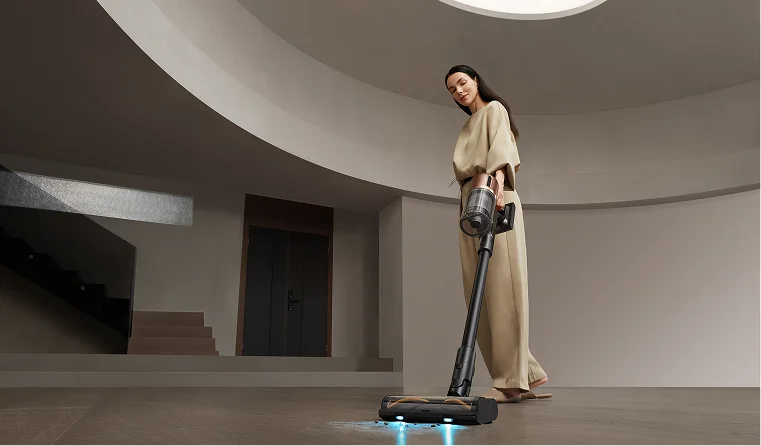
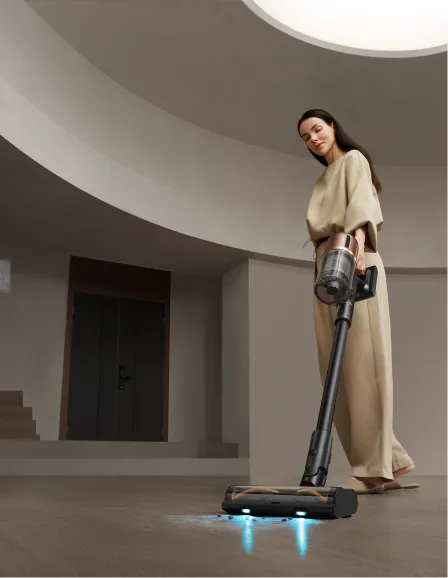
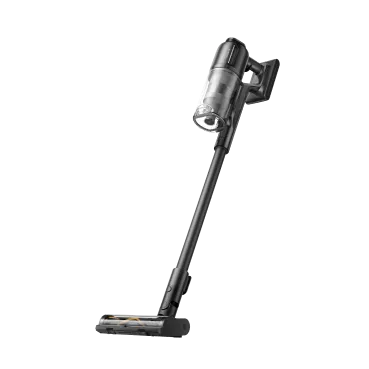
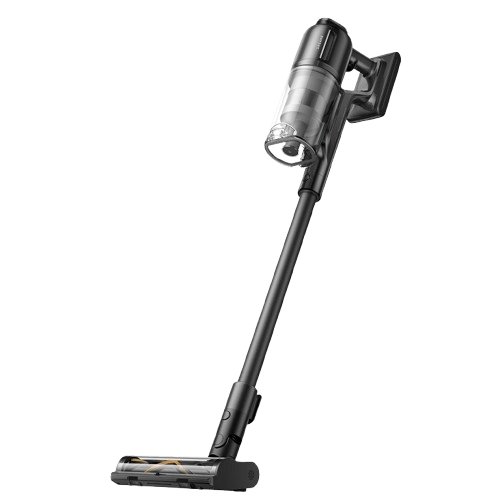
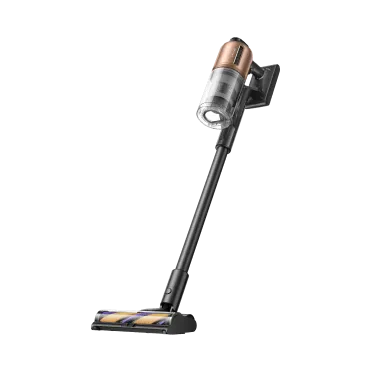
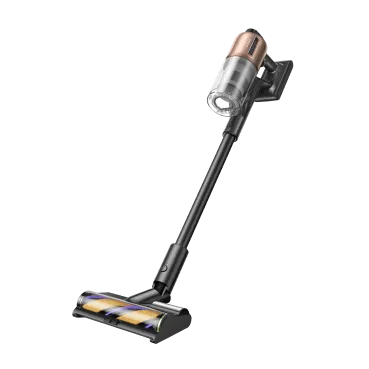
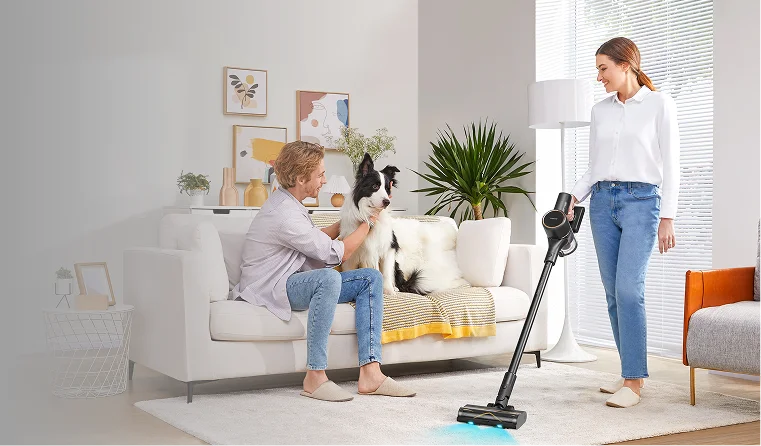
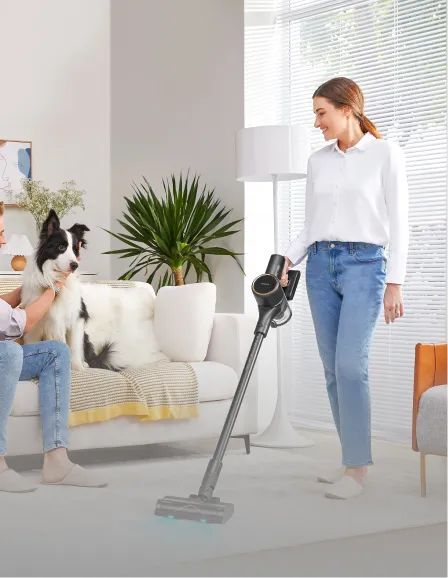
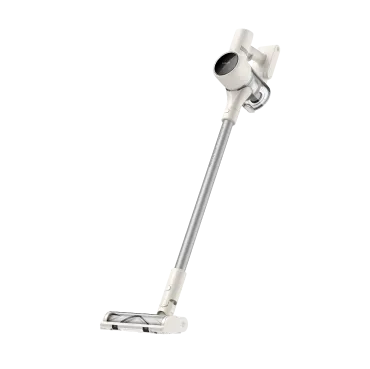
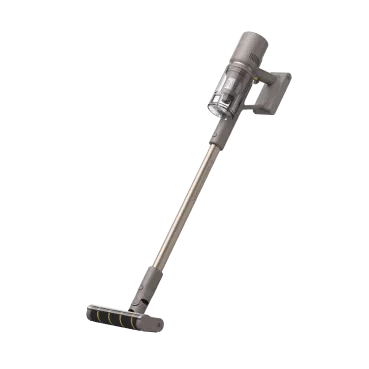
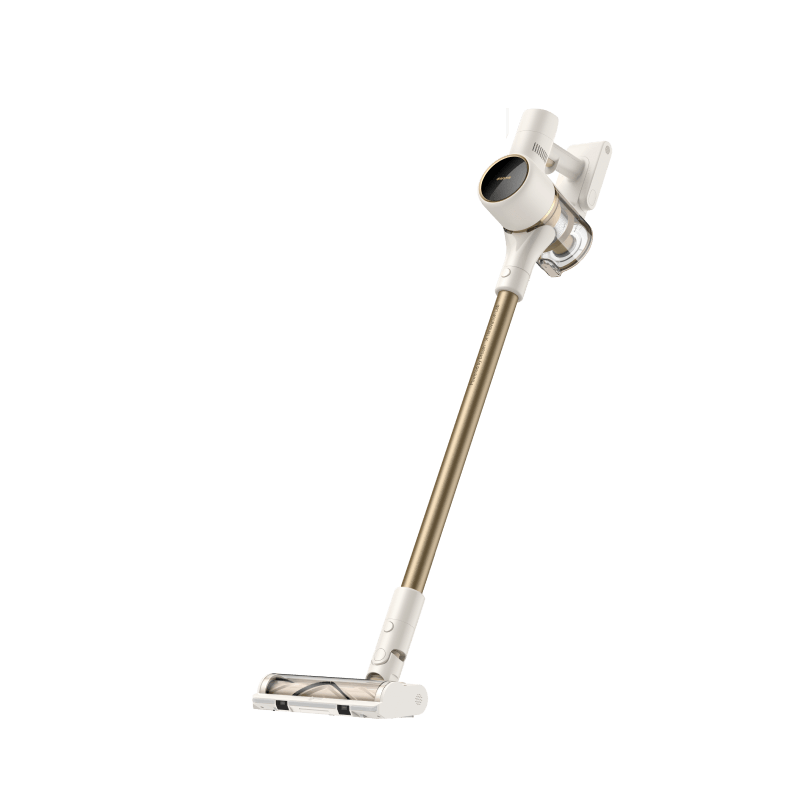
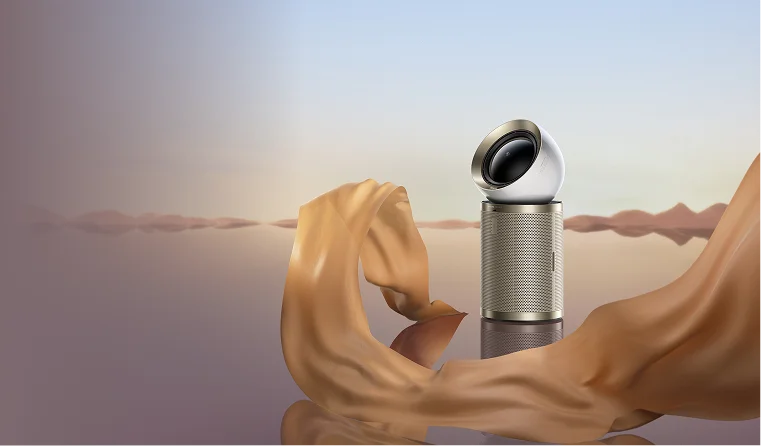
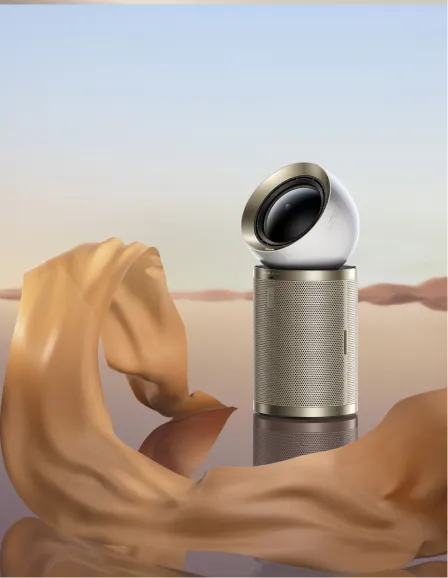

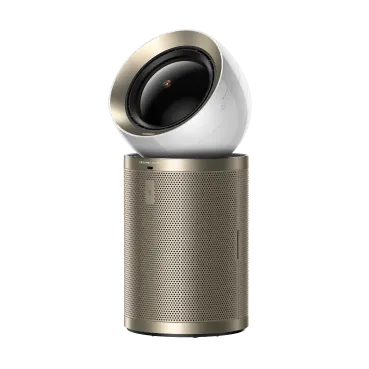
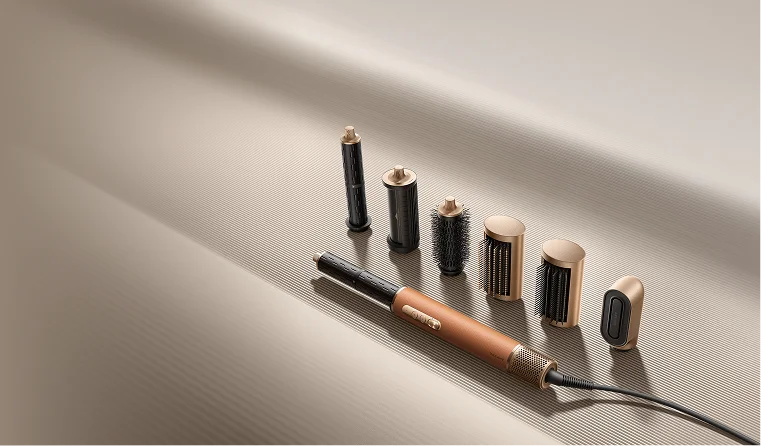
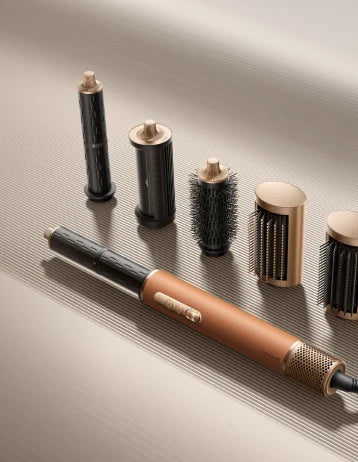
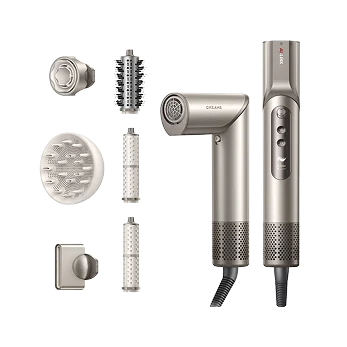


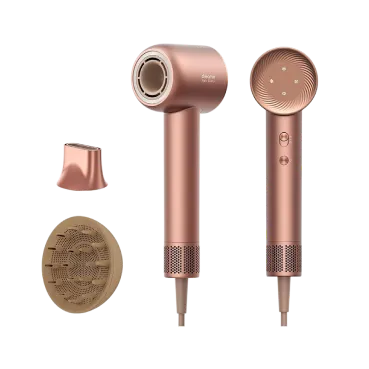
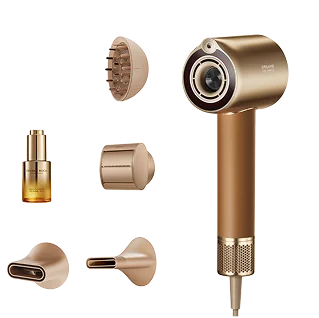
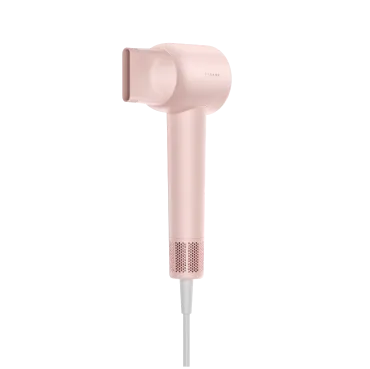


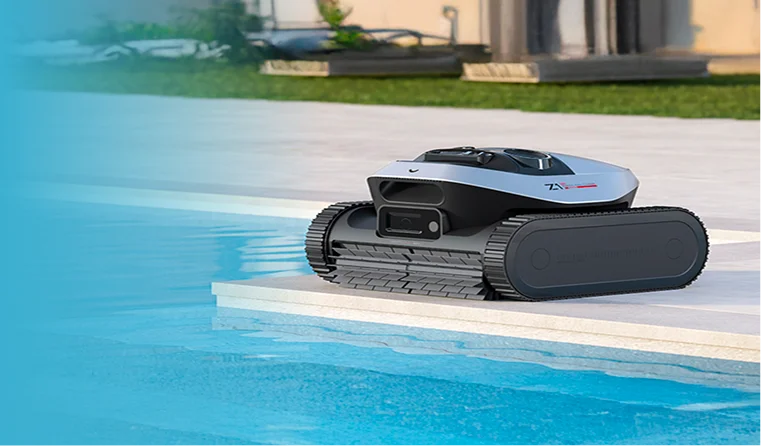
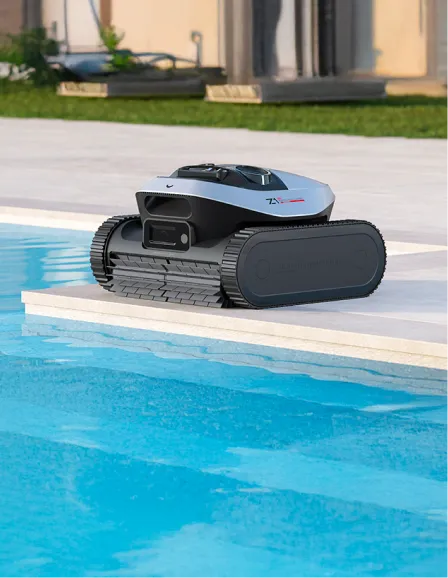
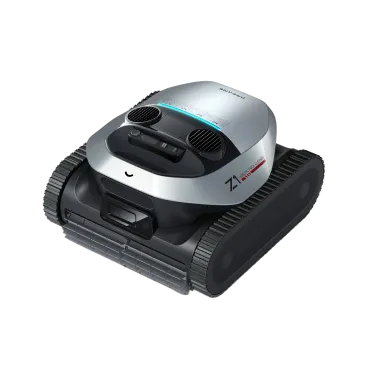
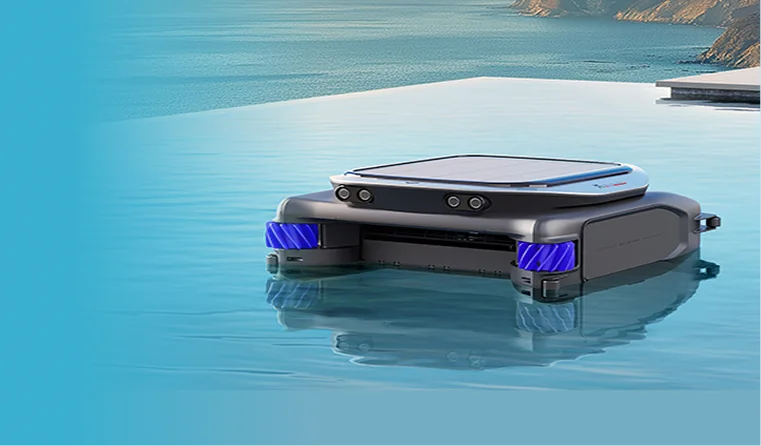
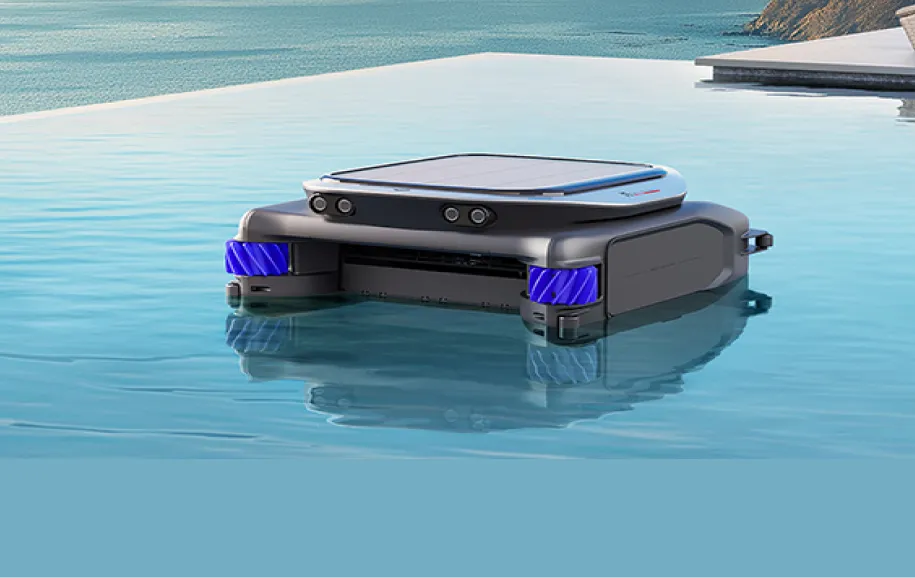










 Australia
Australia 中国大陆
中国大陆 日本
日本


 Türkiye
Türkiye


 Italia
Italia
 Netherlands
Netherlands Belgium
Belgium
 Greece
Greece Polska
Polska
 Norway
Norway
 Sweden
Sweden
 Finland
Finland
 Denmark
Denmark
 Hungary
Hungary Czechia
Czechia
 Slovenia
Slovenia
 Croatia
Croatia
 Switzerland
Switzerland United Kingdom
United Kingdom
 Canada
Canada



